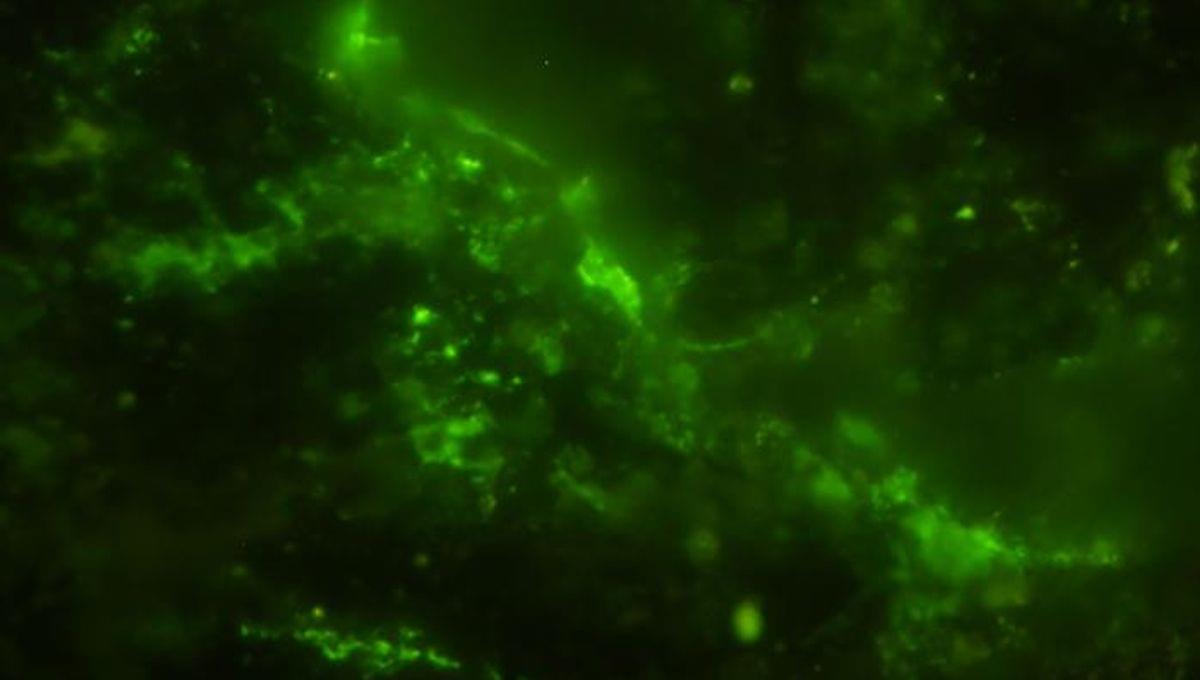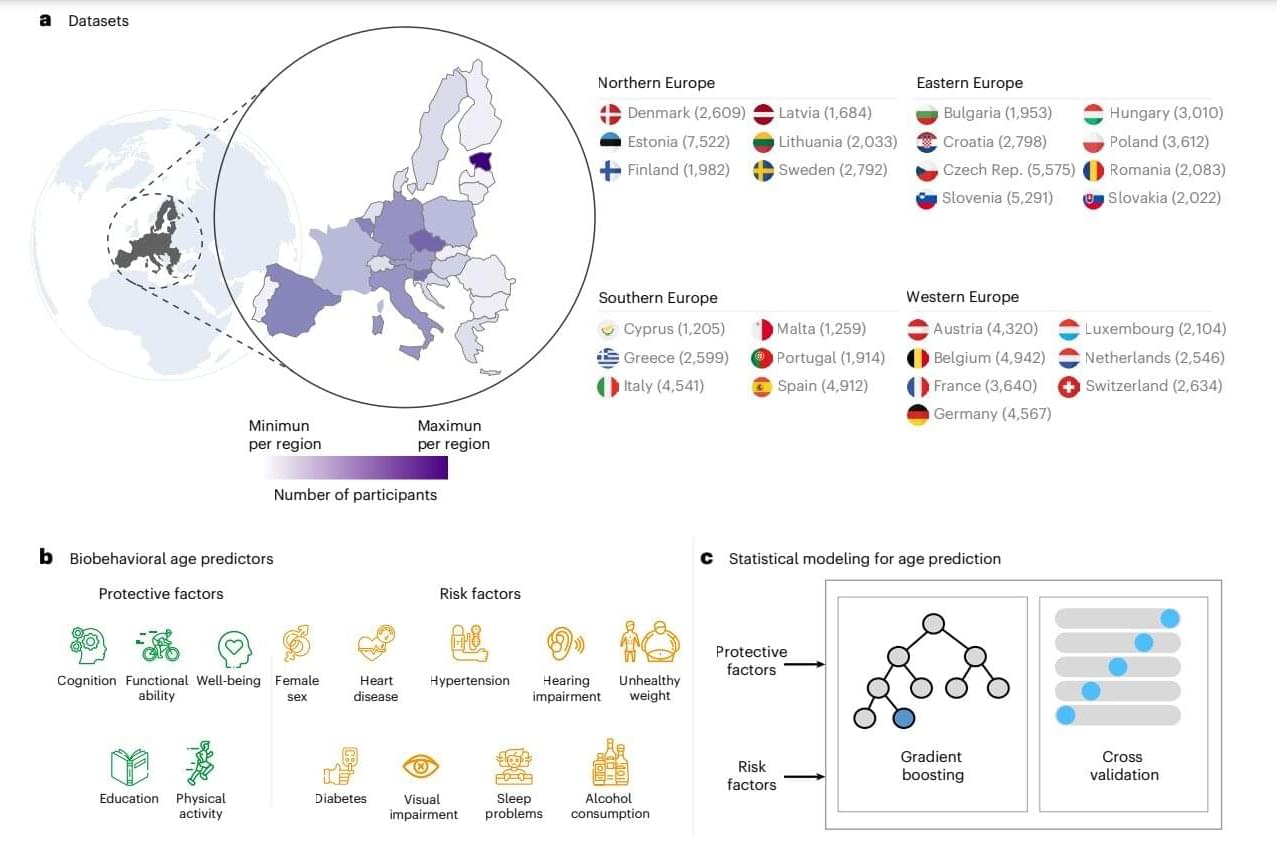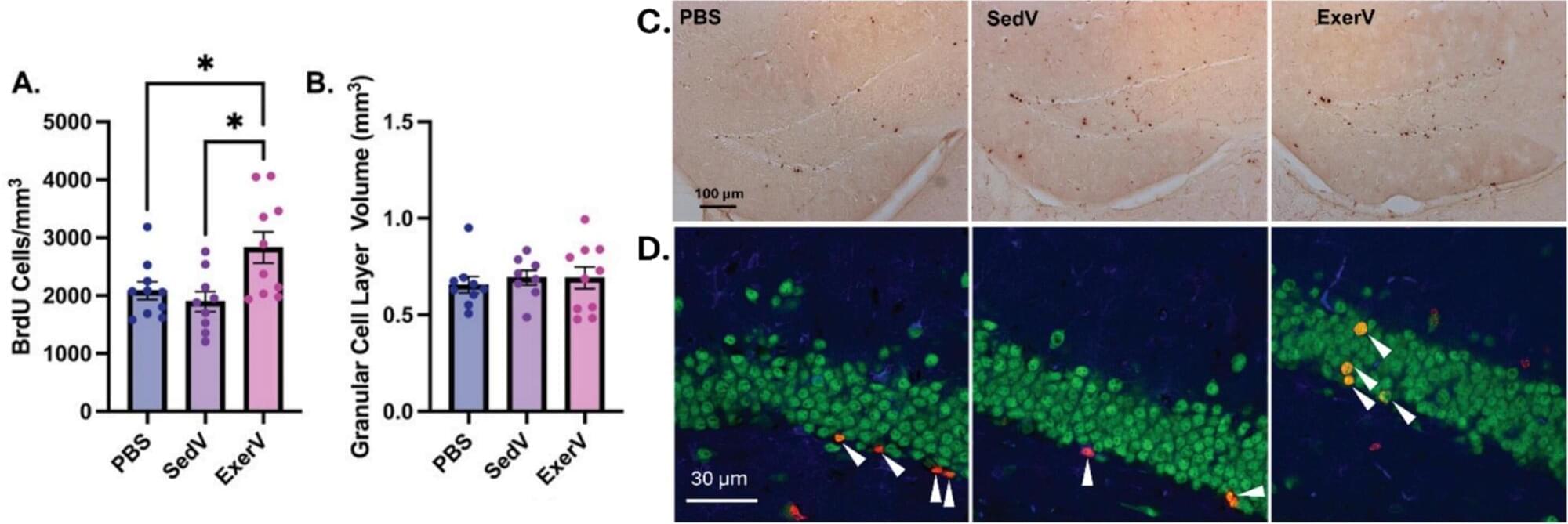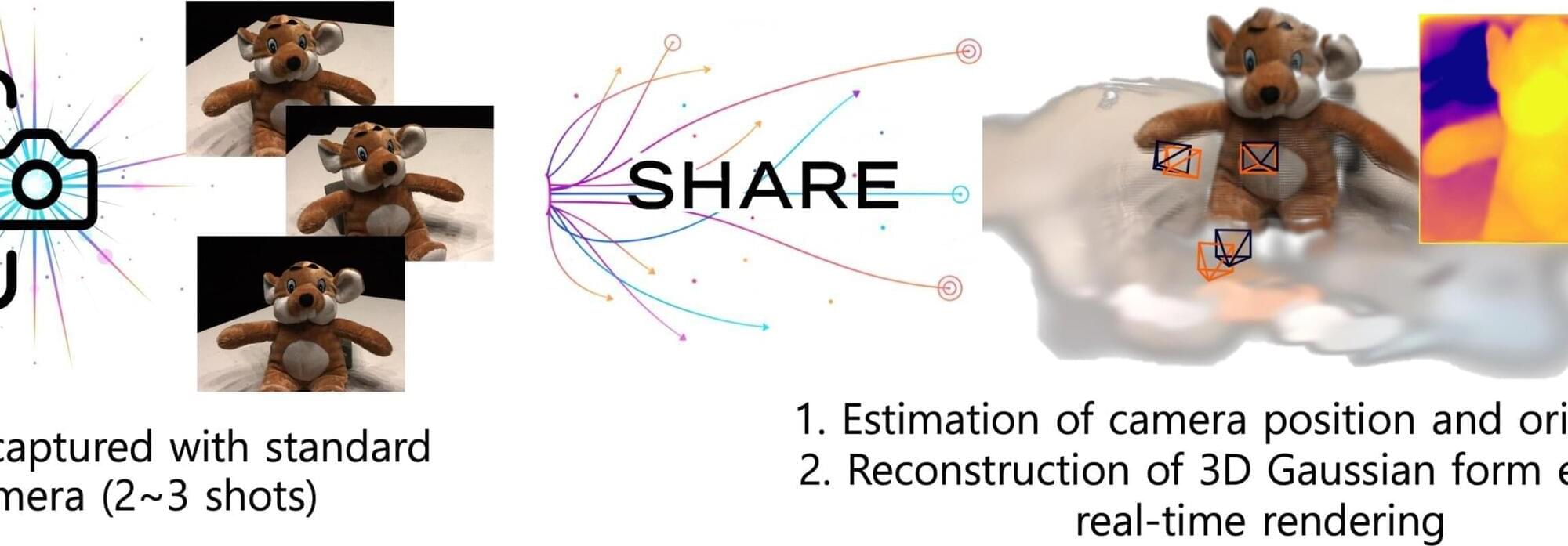The ancient organisms could help us understand the origins of life on Earth, and may also aid the search for life on other planets.



One of humanity’s most ubiquitous infectious pathogens bears the blame for the chronic autoimmune condition called systemic lupus erythematosus (lupus), Stanford Medicine investigators and their colleagues have found.
The Epstein-Barr virus (EBV), which resides silently inside the bodies of 19 out of 20 Americans, is directly responsible for commandeering what starts out as a minuscule number of immune cells to go rogue and persuade far more of their fellow immune cells to launch a widespread assault on the body’s tissues, the scientists have shown.
The work is published in the journal Science Translational Medicine.

Logs are a familiar sight on the beaches along the coast of Vancouver Island and Haida Gwaii and are often viewed positively, as they can stabilize the banks, be used for firewood or act as benches by beach-goers. However, new research from the University of Victoria (UVic) shows that these logs are not as innocuous as they seem.
According to a study published by UVic biologist Tom Reimchen and two of his students, free-floating logs that wash ashore, referred to as drift logs, are causing widespread destruction of rocky intertidal ecosystems communities along the coast of Western Canada. The paper is published in the journal Marine Ecology.
“In this study, we looked at both the ecological impact of drift logs, and at log abundance and movement over time,” says Reimchen. “Both aspects of the study had worrisome results.”

IronSource Expands Samsung Partnership, Launching on Samsung Mobile Devices in MENA https://www.businesswire.com/news/home/20221103005106/en/iro…es-in-MENA
Across West Asia and North Africa (WANA), growing concerns about digital surveillance have placed Israeli cybersecurity firms and their software under intense scrutiny. Among the most alarming cases is AppCloud, a pre-installed application on Samsung’s A and M series smartphones.
The bloatware cannot be uninstalled easily because it runs on the device’s operating system. Uninstalling it requires root access (the highest level of control in a computer system) of the phone to remove the AppCloud package. Its privacy policy is nowhere to be found online and opting out is not always available.
But the real concern lies in who owns AppCloud. When investigating further, we discovered that AppCloud’s privacy policy can be traced back to the controversial Israeli-founded company ironSource (now owned by the American company Unity). ironSource is notorious for its questionable practices regarding user consent and data privacy.

Milestone results released by the Large High Altitude Air Shower Observatory (LHAASO) on November 16 have solved a decades-old mystery about the cosmic ray energy spectrum—which shows a sharp decrease in cosmic rays above 3 PeV, giving it an unusual knee-like shape.
The cause of the “knee” has remained unclear since its discovery nearly 70 years ago. Scientists have speculated that it is linked to the acceleration limit of the astrophysical sources of cosmic rays and reflects the transition of the cosmic ray energy spectrum from one power-law distribution to another.
Now, however, two recent studies—published in National Science Review and Science Bulletin, respectively—demonstrate that micro-quasars driven by black hole system accretion are powerful particle accelerators in the Milky Way and are the likely source of the “knee.” The studies also advance our understanding of the extreme physical processes of black hole systems.

Speaking more than one language can slow down the brain’s aging and lower risks linked to accelerated aging.
In a new study, researchers analyzed the Biobehavioral Age Gap (BAG) —a person’s biological age using health and lifestyle data, then compared it to their actual age—of over 80,000 participants aged 51–90 across 27 European countries. They found that people who speak only one language are twice as likely to experience accelerated aging compared to multilingual individuals.
Researchers suggest that the protective effect might arise from the constant ongoing mental effort required to manage more than one language. The findings of this study are published in Nature Aging.

An international team involving the Institute of Chemical Research, a joint center of the University of Seville and the Spanish National Research Council, has developed a new technique that will accelerate the design of drugs that target ion channels, a type of cell membrane protein involved in numerous diseases, ranging from psychiatric disorders to various types of cancer.
The research, carried out in collaboration with the University of East Anglia and the Qadram Institute (both in the United Kingdom), has been published in the Journal of the American Chemical Society.
Ion channels are cell membrane proteins that regulate the passage of ions into the cell. They are essential in processes as diverse as nerve transmission, muscle contraction and immune response and their dysfunction is associated with numerous disorders, making them therapeutic targets of great interest.

Researchers at the University of Illinois Urbana-Champaign report that extracellular vesicles released into the bloodstream during aerobic exercise can, on their own, drive a robust increase in adult hippocampal neurogenesis when transferred into sedentary mice, even without changes in hippocampal vascular coverage.
Aerobic physical activity preserves cognitive function across the lifespan and repeatedly links to structural and cellular plasticity in the hippocampus. Evidence from plasma transfer experiments indicates that bloodborne factors from exercising animals can transfer pro-neurogenic and pro-cognitive effects to sedentary or aged recipients, partly through reduced inflammation.
Many circulating molecules have been implicated in this exercise–brain connection, including vascular endothelial growth factor, insulin-like growth factor 1, platelet factor 4, selenoprotein P, irisin, cathepsin B, L-lactate, and interleukin-6. Each contributes to specific aspects of neurogenesis or neuronal survival.

A new software enables brain simulations which both imitate the processes in the brain in detail and can solve challenging cognitive tasks. The program was developed by a research team at the Cluster of Excellence “Machine Learning: New Perspectives for Science” at the University of Tübingen. The software thus forms the basis for a new generation of brain simulations which allow deeper insights into the functioning and performance of the brain. The Tübingen researchers’ paper has been published in the journal Nature Methods.
For decades, researchers have been trying to create computer models of the brain in order to increase understanding of the organ and the processes that take place there. Using mathematical methods, they have simulated the behavior and interaction of nerve cells and their compounds.
However, previous models had significant weaknesses: They were either based on oversimplified neuron models and therefore strayed significantly from biological reality, or they depicted the biophysical processes within cells in detail, but were incapable of carrying out similar tasks to the brain.

Existing 3D scene reconstructions require a cumbersome process of precisely measuring physical spaces with LiDAR or 3D scanners, or correcting thousands of photos along with camera pose information. A research team at KAIST has overcome these limitations and introduced a technology enabling the reconstruction of 3D—from tabletop objects to outdoor scenes—with just two to three ordinary photographs.
The results, posted to the arXiv preprint server, suggest a new paradigm in which spaces captured by camera can be immediately transformed into virtual environments.
The research team led by Professor Sung-Eui Yoon from the School of Computing developed the new technology called SHARE (Shape-Ray Estimation), which can reconstruct high-quality 3D scenes using only ordinary images, without precise camera pose information.